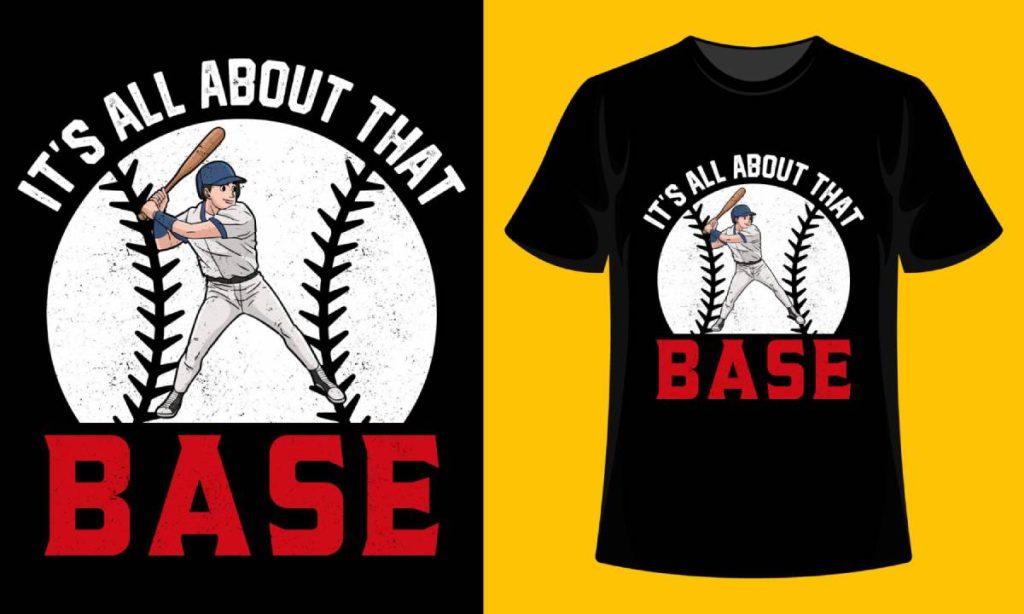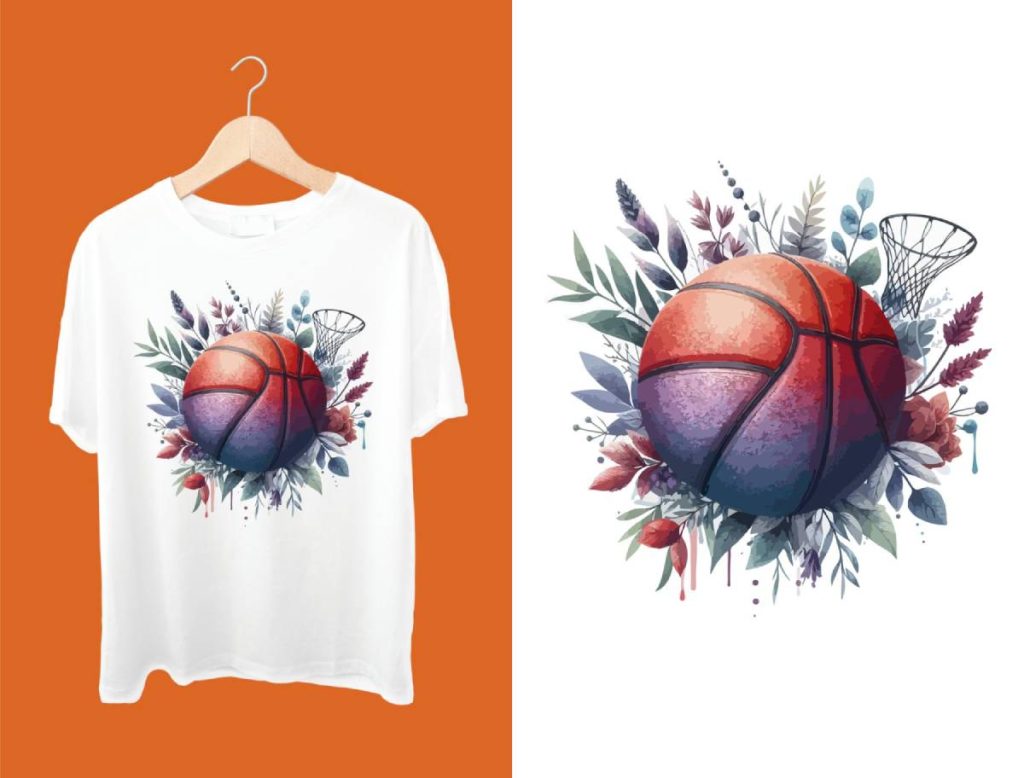In the realm of custom printing, DTF gangsheets are revolutionizing the way we create personalized designs. Utilizing Direct to Film (DTF) printing techniques, these innovative sheets allow for multiple designs to be efficiently printed on a single transfer film, catering to the needs of both small businesses and printing enthusiasts. The vibrant colors and high-quality results achieved through DTF gangsheets make them an attractive option for personalized printing projects. Furthermore, this approach promotes sustainability by minimizing waste and reducing overall material costs. Whether you’re custom designing apparel or merchandise, understanding how to effectively utilize DTF transfer film is crucial for achieving stunning results.
When it comes to custom design solutions, Direct to Film sheets, often referred to as DTF sheets, are gaining traction among creators and businesses alike. These versatile printing transfers are ideal for those looking to implement efficient and personalized printing processes. By leveraging transfer techniques that incorporate various designs seamlessly on a single sheet, users can create striking visuals while managing their resources effectively. This method is not just cost-effective but also environmentally friendly, as it reduces waste during production. As we delve deeper into the DTF printing landscape, it becomes evident that mastering this approach can elevate your custom printing capabilities to new heights.
What are DTF Gangsheets?
DTF gangsheets represent a significant evolution in the field of custom printing. By utilizing Direct to Film (DTF) technology, printers can effectively consolidate multiple designs on a single sheet of transfer film, which is both cost-effective and efficient. This approach not only reduces material costs but also allows businesses and creators to produce a variety of personalized items simultaneously. Whether it be for apparel, accessories, or promotional merchandise, DTF gangsheets simplify the production process and enhance productivity.
The core benefit of DTF gangsheets lies in their versatility. A single printing run can cater to various customer demands, allowing for tailored solutions without the need for separate applications. This is particularly advantageous for small businesses that rely on quick turnaround times and diverse offerings. The technical process also ensures that designs remain vibrant and detailed, providing a high-quality output that is essential for customer satisfaction in the highly competitive printing market.
The Importance of Art Preparation in DTF Printing
Art preparation is a critical stage in the creation of effective DTF gangsheets. To achieve optimal results, artists and designers must begin by ensuring that images are high-resolution and formatted correctly in CMYK color mode. This preparation is crucial, as it directly impacts the color accuracy and final appearance of the printed product. Furthermore, optimizing artwork by removing unnecessary backgrounds and using vector graphics enhances the quality and scalability of designs, making them suitable for various applications.
Additionally, designers should pay close attention to the specifications for the DTF transfer film they are using. Adhering to the recommended dimensions is essential to prevent any cutting errors or design losses during the printing process. By investing time in art preparation, you set a solid foundation that contributes to the overall success of your DTF printing operations, leading to high-quality personalized prints that meet both aesthetic and functional standards.
Effective Software Utilization for DTF Gangsheets
Using the right software is paramount when building DTF gangsheets. Programs like Adobe Illustrator and CorelDRAW not only facilitate the importation of designs but also allow for efficient arrangement of multiple graphics on the transfer film. These tools provide the necessary functionalities to optimize space usage, ensuring maximum productivity during the printing process. Customized layouts can be created, making it easier than ever to manage various projects simultaneously.
Additionally, software tools equipped with features for alignment and spacing adjustments help prevent costly print errors. Overlaps and misalignments can lead to waste and frustration, undermining the efficiency of DTF printing techniques. By embracing advanced graphic design software, printers can enhance their workflow and ensure high-quality, vibrant output that reflects the uniqueness of each personalized printing job.
Crucial Steps in the DTF Printing Process
The DTF printing process involves specific steps that are crucial for successful transfer applications. Selecting the right printer is fundamental, as DTF printers must be equipped with the capability to utilize textile inks effectively. Furthermore, the precision of the print head is vital to ensuring that designs are rendered accurately. This approach not only guarantees high-quality prints but also contributes to a streamlined production process, minimizing the risks of errors and maximizing efficiency.
An essential step in this process is the pretreatment application on the transfer film. Properly pre-treating the film helps improve the adhesion of inks during the transfer, resulting in long-lasting, vibrant prints. Understanding the nuances of this stage allows printers to achieve the best results, ensuring that the designs maintain their integrity even after multiple washes. By focusing on these critical steps, businesses can enhance their DTF printing capabilities and deliver exceptional products to their customers.
Post-Printing Techniques for Superior Quality
Once your DTF print is completed, the post-printing stage becomes vital for achieving superior quality. The first step in this phase involves the application of adhesive powder. It is crucial to apply this powder while the ink remains fresh to ensure proper bonding during the heat transfer process. An even application of adhesive is key to preventing issues with peeling or fading, ultimately leading to a more durable and reliable printed product.
Following the adhesive application, curing the print using a heat press is necessary. This step activates the adhesive powder, solidifying the bonds between the print and the final substrate. Coupling the correct heat settings with the right application technique helps prevent damage to the print or the substrate itself. Proper execution in the post-printing phase not only enhances product quality but also establishes a reputation for reliability and excellence in personalized printing.
The Future of DTF Printing: Innovations and Trends
As the field of DTF printing rapidly evolves, staying updated with the latest innovations is essential. In 2024, environmentally friendly inks have emerged as a significant trend, providing a sustainable alternative without compromising on print quality. These new formulations not only lessen the ecological impact of printing operations but also cater to a growing consumer base that values sustainability in their purchases.
In addition to eco-friendly inks, advancements in adhesive technologies have greatly improved the durability and longevity of prints. New adhesive powders have been developed that ensure designs withstand frequent washing and maintain their vibrancy over time. Embracing these innovations allows businesses to enhance their DTF printing processes, ensuring they remain competitive while delivering outstanding quality in personalized merchandise.
Frequently Asked Questions
What are DTF gangsheets and how do they enhance custom printing?
DTF gangsheets refer to the direct-to-film printing technique that enables multiple designs to be printed on a single sheet of transfer film. This method enhances custom printing by allowing businesses to save on material costs while still delivering vibrant, high-quality prints for personalized items.
What are the key techniques for preparing artwork for DTF gangsheets?
Key techniques for preparing artwork for DTF gangsheets include using high-resolution images in CMYK color mode, eliminating backgrounds, and working with vector graphics. This ensures color accuracy and clarity for optimal printing results.
Which software is best suited for creating DTF gangsheets?
The best software for creating DTF gangsheets includes Adobe Illustrator and CorelDRAW. These programs provide tools for seamless design import, strategic arrangement of multiple designs, and precise alignment, which are crucial for maximizing the use of transfer film.
What is the printing process involved in producing DTF gangsheets?
The printing process for producing DTF gangsheets involves using specialized DTF printers that work with textile inks. It includes pretreating the transfer film to enhance ink adhesion, selecting the right printer with precise droplet placement, and ensuring proper curing of the prints for durability.
How do I ensure successful transfer when using DTF gangsheets?
To ensure successful transfer using DTF gangsheets, apply an adhesive powder to the printed film while the ink is still fresh and cure the print using a heat press. Following proper heat settings and pressure is key to achieving a strong bond to the fabric.
What recent advancements in DTF printing technology should users be aware of?
Recent advancements in DTF printing technology include the development of eco-friendly ink formulations and improved adhesive powders. These innovations provide exceptional print quality and durability while being more environmentally conscious, which is vital for sustainable personalized printing.
| Key Points | Details |
|---|---|
| DTF Printing Efficiency | Enables multiple designs on one transfer film, reducing costs and waste. |
Summary
DTF gangsheets are essential for anyone looking to dive into the vibrant world of personalized printing. This innovative technique not only allows for multiple designs to be printed simultaneously, optimizing material use, but it also caters to both small businesses and enthusiasts alike by providing high-quality, cost-effective solutions. With key steps such as proper art preparation, utilizing the right software, and understanding the printing and post-printing processes, anyone can achieve vibrant and durable prints with minimal waste. Moreover, staying updated with the latest industry trends, such as eco-friendly inks and improved adhesives, ensures that you can maintain a competitive edge in the DTF gangsheets market. Embracing these techniques will set you on a path toward successful, personalized printing ventures.



